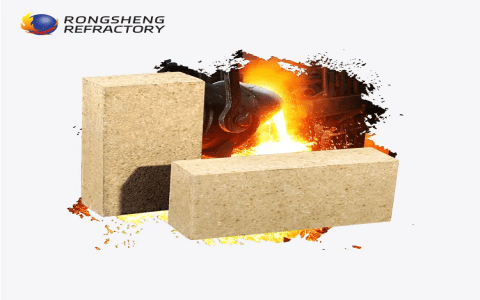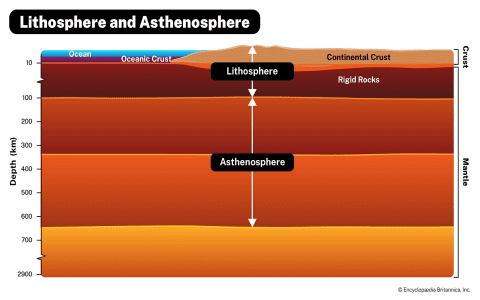Well, howdy there! Let’s gab a bit about them refractory materials, you know, the stuff they use in them real hot furnaces and such. I ain’t no fancy engineer, mind you, but I’ve been around enough to know a thing or two.
First off, pickin’ the right stuff for your furnace is mighty important. It’s like pickin’ the right wood for your stove – you don’t wanna be usin’ pine when you need oak, ya hear? If you get it wrong, your furnace ain’t gonna last long, and that’s a whole heap of trouble. Think of it like this: you wouldn’t build a house outta paper, would ya? Same goes for these furnaces, they gotta be tough.


Now, what makes a good refractory material? Well, it’s gotta stand up to the heat, that’s for sure. I mean, we’re talkin’ hotter than a summer day in July, hotter than your oven when you’re bakin’ a pie. These things gotta take the heat without meltin’ or crackin’ like an egg in a hot skillet. They gotta be strong and sturdy, like them old mules my grandpappy used to have.
- One thing they gotta worry about is somethin’ called “thermal shock.” That’s when things heat up and cool down real fast, and it can make stuff break. Like if you took a hot glass outta the oven and plunged it into cold water – it’d shatter, wouldn’t it? Same idea here. So, these materials gotta be able to handle that change without fallin’ apart.
- Then there’s all them chemicals flyin’ around in them furnaces. The refractory material can’t just melt away or react badly to them. It’s gotta be stubborn, you know? Like a mule that won’t budge. It needs to be “chemically inert,” as them smart folks say. That just means it don’t react with nothin’.
- And they gotta think about how the heat moves through the stuff too, something called “thermal conductivity.” Some things let the heat pass right through, and some things hold it in. It all depends on what you need the furnace for, I reckon. Like a good quilt keeps you warm in the winter, but you wouldn’t wear it in the summer, right? Same goes for this here heat stuff.
- Oh, and there’s this other thing called “thermal expansion.” That’s just how much somethin’ grows when it gets hot. Everything does it a little bit, you know? Like them old wooden doors that stick in the summer but swing easy in the winter? Well, these materials do it too, and you gotta account for that or things might get all messed up.
So, what are these refractory materials made of? Mostly a bunch of stuff called oxides. Sounds fancy, huh? But it’s just stuff like silicon, aluminum, magnesium and a few others. They take these things and mix ‘em up just right to make somethin’ that can take the heat. It’s like makin’ a good stew – gotta have the right ingredients and the right amount of each.
Choosing the right refractory is a big deal, you see. It ain’t just about pickin’ somethin’ that looks tough, it’s about understandin’ what’s goin’ on inside that furnace and findin’ the right material to handle it. It’s about makin’ sure things last, makin’ sure things are safe, and makin’ sure you get the job done right. It’s like plantin’ a garden – you gotta know your soil, know your plants, and know how much water they need to make somethin’ grow. Same goes for these furnaces, ya gotta know what you’re doin’ or you’ll end up with a mess.
So, next time you see one of them big ol’ furnaces, you’ll know there’s a whole lot more to it than just bricks and fire. There’s a whole heap of science and thinkin’ that goes into makin’ them things work, and pickin’ the right refractory materials is a big part of it. And that, my friends, is all I gotta say about that.
Tags: [refractory materials, high-temperature applications, industrial furnaces, thermal shock, chemical resistance, thermal conductivity, thermal expansion, material selection, oxides]



